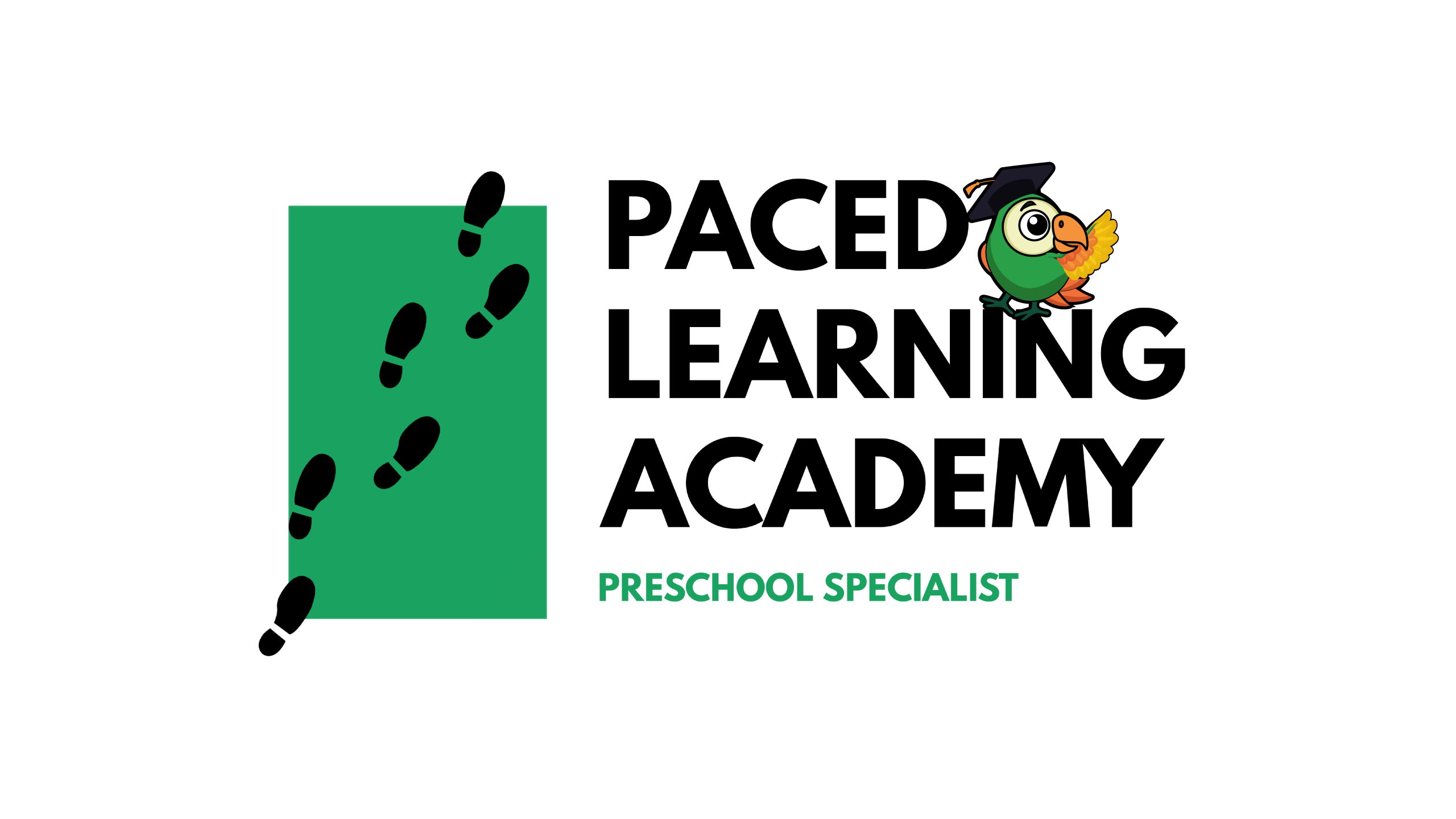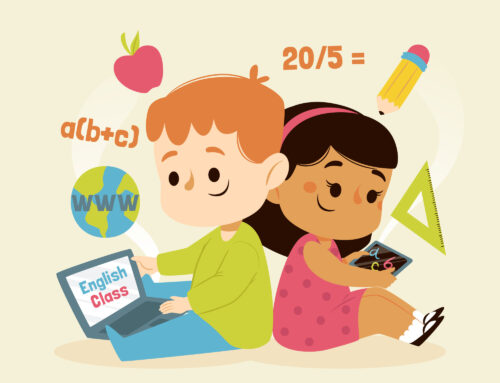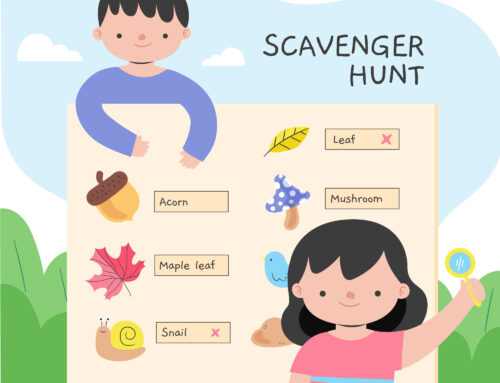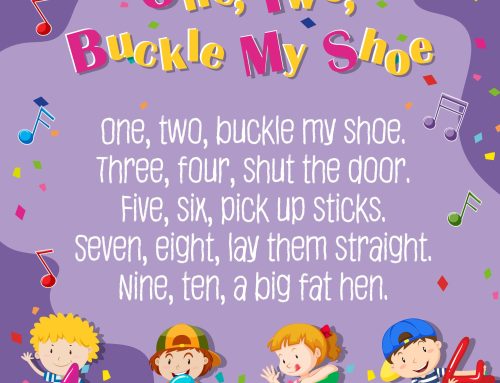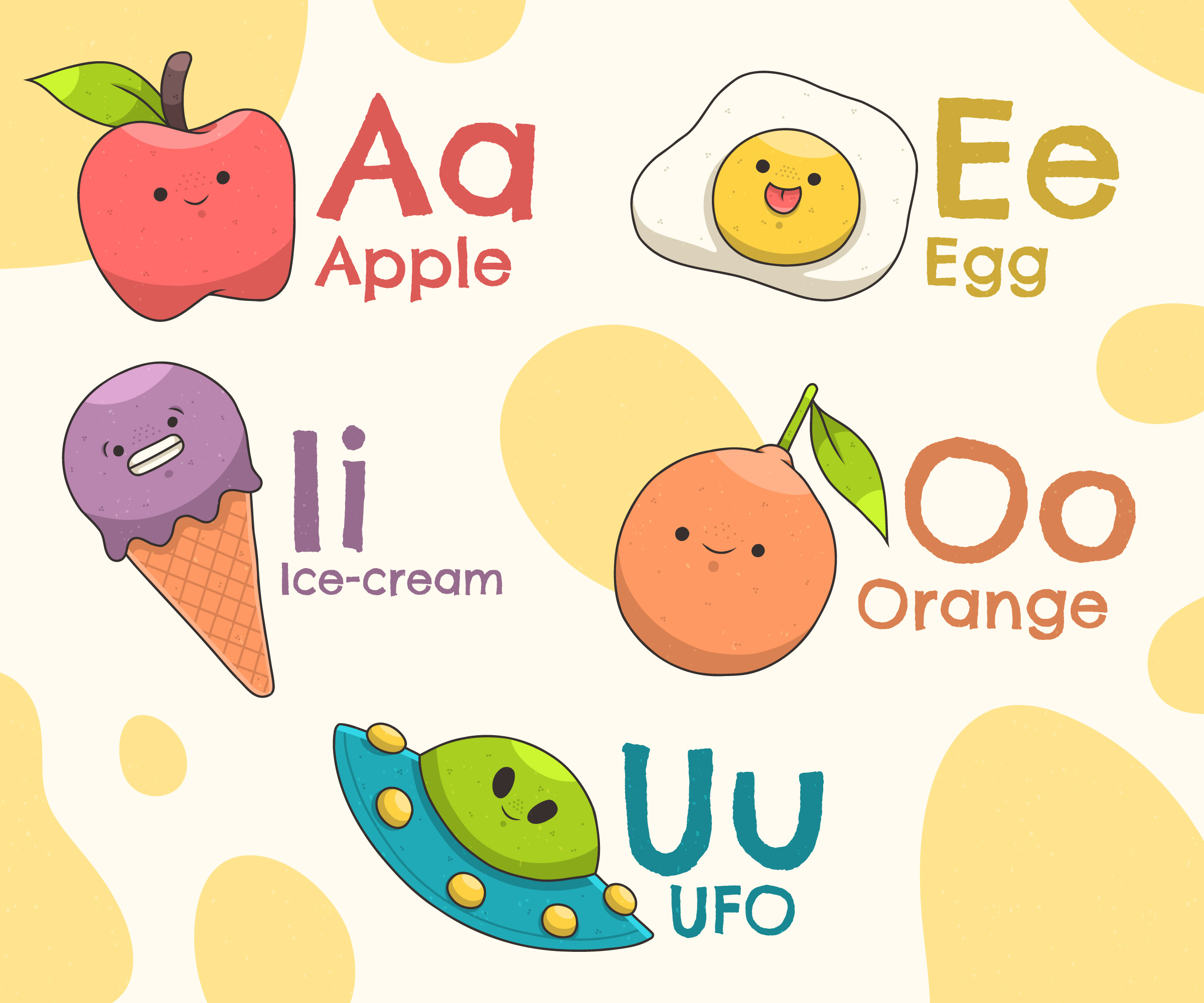
Mastering Short and Long Vowel Sounds: A Fun and Easy Guide
Teaching vowel sounds is a crucial step in early literacy development. Vowels play a key role in word formation, spelling, and pronunciation. One of the essential concepts young learners need to grasp is the difference between short vowels and long vowels. Understanding these sounds helps children improve their reading fluency and spelling accuracy.
If you’re wondering how to teach phonics effectively or looking for engaging activities to help children distinguish between short and long vowels, this guide will provide everything you need.
What Are Short and Long Vowel Sounds?
Understanding Vowels and CVC Words
Vowels are the letters A, E, I, O, and U, and they are essential for forming words. Every syllable in English must contain at least one vowel sound. Vowels can produce different sounds depending on their placement in words and the letters around them.
A common pattern in early phonics instruction is the CVC (Consonant-Vowel-Consonant) pattern, where a vowel is placed between two consonants. In CVC words, the vowel typically makes a short sound.
Examples of CVC words:
- Cat (CVC – short ‘a’)
- Bed (CVC – short ‘e’)
- Pig (CVC – short ‘i’)
- Dog (CVC – short ‘o’)
- Sun (CVC – short ‘u’)
Short Vowel Sounds
Short vowel sounds occur when a vowel is followed by a consonant in a closed syllable (CVC words). The vowel sound is usually quick and does not sound like its name. Here are the short vowel sounds in English:
- Short ‘a’ – /æ/ as in cat, hat, map, bag, apple
- Short ‘e’ – /ɛ/ as in bed, pen, jet, net, red
- Short ‘i’ – /ɪ/ as in sit, hit, fin, dip, big
- Short ‘o’ – /ɒ/ as in dog, pot, hop, fog, top
- Short ‘u’ – /ʌ/ as in sun, fun, cup, run, bus
Long Vowel Sounds
Long vowels sound like the name of the letter itself. They usually occur in words with silent ‘e’ (CVCe pattern), vowel digraphs (two vowels together), or open syllables.
- Long ‘a’ – /eɪ/ as in cake, name, rain, sail, acorn
- Long ‘e’ – /iː/ as in tree, meet, eat, feet, eagle
- Long ‘i’ – /aɪ/ as in bike, kite, light, pie, ice
- Long ‘o’ – /oʊ/ as in home, rope, coat, boat, oval
- Long ‘u’ – /juː/ or /uː/ as in cube, mule, blue, glue, unicorn
How Syllable Structure Affects Vowel Sounds
- Closed Syllables: The vowel is followed by a consonant, making it short (e.g., cat, bed, hop)
- Open Syllables: The vowel stands alone at the end of a syllable, making it long (e.g., he, go, me).
- Silent ‘E’ Rule: Adding a silent e at the end of a word makes the preceding vowel long (e.g., hope, kite, tape).
- Vowel Teams (Digraphs & Diphthongs): Two vowels together can form a long sound or a unique sound (e.g., boat, rain, tie).
The Importance of Vowel Sounds in Reading and Spelling
1. Foundation for Reading Fluency
- Understanding vowel sounds helps children decode words more efficiently. If they can distinguish between short and long vowels, they will recognize word patterns and read more fluently.
- 📖 Example: Knowing that ‘hop’ (short ‘o’) and ‘hope’ (long ‘o’) are pronounced differently due to the silent ‘e’ helps children decode words correctly.
2. Enhances Spelling Skills
- Recognizing vowel patterns improves spelling accuracy. Children who grasp vowel rules can better predict how words are spelled and avoid common errors.
- ✍️ Example: A child who understands that ‘cake’ follows the silent ‘e’ rule will know how to spell similar words like ‘lake’ and ‘make.’
3. Improves Pronunciation and Listening Skills
- Short and long vowels impact pronunciation. Teaching children to differentiate between them sharpens their listening skills and improves speech clarity.
- 🗣 Example: The difference between ‘bit’ (short ‘i’) and ‘bite’ (long ‘i’) changes the meaning of the word completely.
4. Helps with Word Recognition and Vocabulary Expansion
- Recognizing vowel patterns helps children build a broader vocabulary by enabling them to read new words with confidence.
- 🧠 Example: Once children learn the ‘oa’ pattern in ‘boat,’ they can easily read ‘coat’ and ‘road.’
Creative Ways to Help Kids Distinguish Between Short and Long Vowels
1. Use Visual Word Sorts
- Create a list of words and have children categorize them into short and long vowel groups. Use pictures to reinforce learning. This helps learners visually recognize patterns in vowel sounds and makes learning more interactive.
- 🖼 Example: Sorting words like ‘bat’ (short a) and ‘bake’ (long a) under the correct vowel column, using picture flashcards to support understanding. You can also create a poster with two sections, one for short vowels and one for long vowels, and have kids stick word cards in the appropriate section.
2. Silent ‘E’ Magic Trick
- Teach children that adding a silent ‘e’ at the end of a word changes the vowel from short to long. This activity helps reinforce spelling rules in a fun, hands-on way.
- 🔤 Example: Show them how ‘tap’ turns into ‘tape,’ ‘cap’ turns into ‘cape,’ and ‘kit’ turns into ‘kite.’ Have them write the words and underline the silent ‘e.’ Try a “silent e wand” activity where kids wave a wand over a word card (e.g., ‘hop’), and you add an ‘e’ to show how the pronunciation changes.
3. Rhyming Word Games
- Play rhyming games to reinforce vowel patterns. Hearing similar-sounding words enhances phonemic awareness.
- 🎲 Example: Ask, “What rhymes with ‘cake’?” (Possible answers: ‘lake,’ ‘bake,’ ‘rake’). Write the words on a board to highlight the vowel patterns. You can also do a memory matching game where kids find pairs of rhyming words.
4. Use Hand Motions or Gestures
- Associate gestures with vowel sounds to create kinesthetic learning experiences.
- ✋ Example: Short vowel – clap once quickly for a short sound. Long vowel – stretch out your hands to emphasize the longer sound. You can also use body movement, like jumping for short vowels and stretching for long vowels.
5. Singing and Chanting
- Songs and chants help children remember vowel sounds through repetition and melody.
- 🎶 Example: Sing the classic vowel song: “A says /æ/, A says /æ/, every letter makes a sound, A says /æ/!” Encourage kids to sing along and act out the sounds. Try using familiar tunes to make vowel sound songs more engaging.
6. Word Building with Letter Tiles
- Use letter tiles or magnetic letters to manipulate vowel sounds.
- 🔠 Example: Have children change ‘bit’ to ‘bite’ by adding an ‘e’ tile or turn ‘pan’ into ‘pane.’ Encourage them to mix and match vowels to see how sounds change.
7. Play Long Vowel vs. Short Vowel Bingo
- Create bingo cards with a mix of short and long vowel words. Call out words, and children mark the correct vowel sound on their card. Add pictures for a visual element to help younger learners.
- 🔢 Example: If you call out “hope,” children will look for a word in the long ‘o’ column, while if you call out “hop,” they will find it in the short ‘o’ column. You can also create bingo boards with pictures representing the words instead of just text. For example, a picture of a hat for short ‘a’ and a cake for long ‘a.’ The child must listen carefully and place a marker on the correct word.
8. Read Books with Emphasis on Vowel Sounds
📚 Books for Short Vowel Sounds:
- The Cat in the Hat – Features many CVC words with short vowels.
- Hop on Pop – Uses simple rhyming short-vowel words to help early readers.
- Big Pig on a Dig – Reinforces the short ‘i’ sound with engaging illustrations.
📖 Books for Long Vowel Sounds:
- Chicka Chicka Boom Boom – Engages children with rhythm and vowel sound repetition.
- Pete the Cat: I Love My White Shoes – Highlights long vowel words like “white,” “blue,” and “go.”
- The Long and Short Vowel Adventure – A phonics-focused book explicitly designed for vowel sound learning.
Final Thoughts
Helping children master short and long vowel sounds is an essential step in their reading journey. By using engaging activities such as games, songs, and interactive exercises, children can develop confidence in decoding words and spelling correctly.
📚 Turn Learning Into Fun! 📚
Help your child strengthen their reading and spelling skills with our interactive phonics classes.
Enroll today and set them on the path to success!

